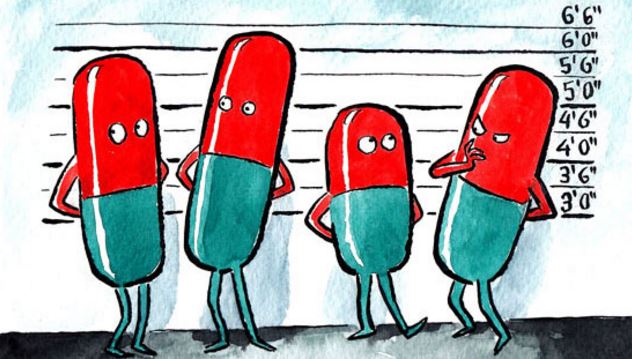A Policy Document recently published by the EDQM describes regulations for referencing already existing CEPs in an application for a new CEP. Read more about how the certificates of an intermediate or starting material have to be used in new applications for a CEP.
When applying for a Certificate of Suitability (CEP) for an API, detailed information has to be provided regarding the synthesis stages, the starting material and the intermediates. In the event that the starting materials or the intermediates are already covered by a CEP, the EDQM has recently published a “Public Document” entitled “Use of a CEP to describe a material used in an application for another CEP”. The document contains regulations on how to reference the “CEP X” of a starting material or an intermediate in the application for the “CEP Y” of an API. The requirements for both scenarios are described as follows:
- CEP X belongs to an intermediate or a starting material within the synthesis route of a substance Y for which a CEP is submitted.
1. The submission must make clear that X is really an intermediate or a starting material and is covered by a valid CEP (“CEP X”). A copy of this CEP X has to be attached.
2. The complete specification described in the CEP X must be the basis for the release of the intermediate or the starting materials X for use in the synthesis of Y.
3. The lifecycle of CEP X is directly coupled with the lifecycle of CEP Y. For example, a revision of CEP X also triggers a revision of CEP Y so that the revised CEP X has to be included to the revision application of CEP Y.
4. If the CEP X looses its validity (e.g. due to expiry or withdrawal) the application for CEP Y has to be updated, for example the CEP of a substance from an alternative source has to be submitted.
5. The application for CEP Y has to include complete details about the supply chain and/ or about all the manufacturing sites involved in the process described on CEP X.
Details about all manufacturing sites involved in the process described in the CEP X will also be mentioned in the annex 1 of the new CEP Y when X is an intermediate for the synthesis of Y. However, this doesn’t apply when X is the starting material for the synthesis of Y.
Please see the Public Document “Use of a CEP to describe a material used in an application for another CEP” for further details.
////////// EDQM, Public Document, New CEP Application, already Referenced Substances


















